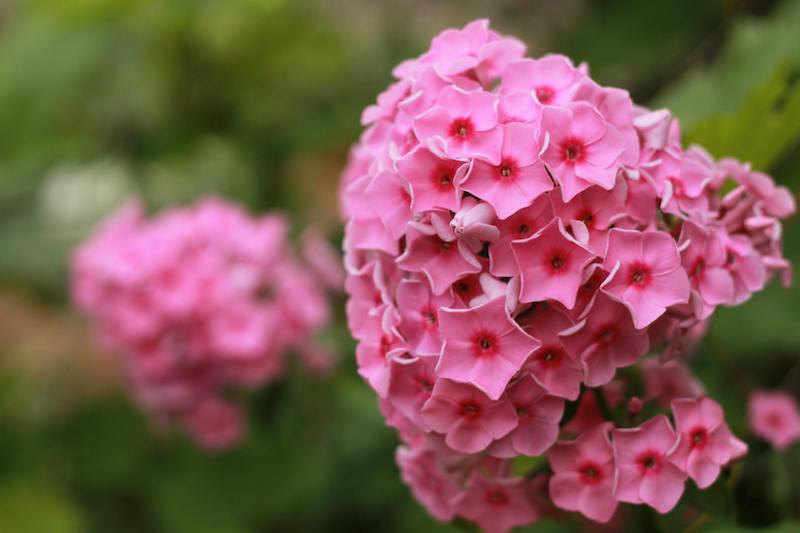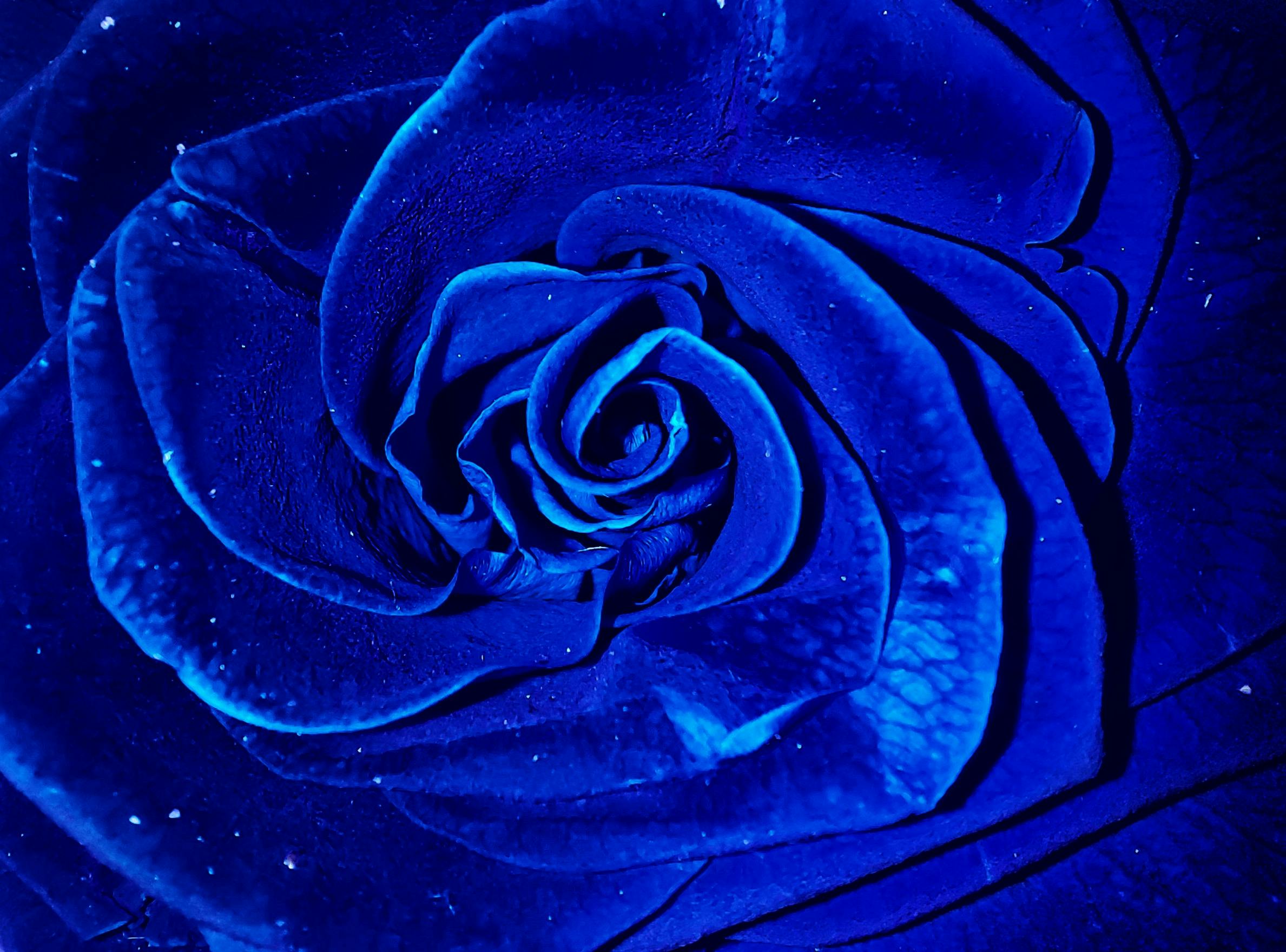
Interesting Facts About Blue Enchantress Rose Plants
1) Hybrid Tea Rose (Rosa ‘Blue Enchantress’)
This classification means it’s a cross between two different rose varieties, specifically a Hybrid Perpetual and a Tea rose. This heritage gives it the best of both worlds: the large, shapely blooms and long stems of Hybrid Perpetuals combined with the delicate fragrance and repeat-blooming nature of Tea roses. This makes it an excellent choice for both garden displays and cut flower arrangements.
2) Unusual Lavender-Purple Color
The Blue Enchantress is not a true blue rose, as such a color doesn’t occur naturally in roses due to genetic limitations. However, its blooms exhibit a captivating lavender-purple hue that appears to shift and change depending on the light and temperature. In cooler temperatures, the color intensifies, while in warmer weather, it might lean more towards lavender. This dynamic color display adds an enchanting quality to the rose.
3) Strong, Sweet Fragrance
The Blue Enchantress is renowned for its potent, sweet fragrance. The scent is most pronounced in the early morning and evening when the air is cooler and more humid. This makes it a delightful addition to gardens where its aroma can be enjoyed while relaxing or entertaining.
4) Prolific Repeat Bloomer
Unlike some rose varieties that bloom only once a year, the Blue Enchantress is a repeat bloomer, producing flushes of flowers from spring until the first frost. This extended blooming period ensures a continuous display of color and fragrance throughout the growing season, making it a valuable asset for any garden.
5) Good Disease Resistance
The Blue Enchantress is known for its relatively high resistance to common rose diseases such as black spots and powdery mildew. This makes it a lower-maintenance option compared to more susceptible varieties, requiring less fungicide application and making it easier to care for, especially for novice gardeners.
6) Attracts Beneficial Pollinators
The Blue Enchantress’s beautiful blooms and abundant nectar attract many pollinators, including bees, butterflies, and hoverflies. This not only enhances the beauty of the garden but also contributes to the overall health and productivity of the ecosystem by facilitating pollination of other flowering plants.
7) Excellent Cut Flower
With its long, sturdy stems and elegant, high-centered blooms, the Blue Enchantress is perfect for cut flower arrangements. The flowers hold up well in a vase and retain their fragrance for an extended period, adding a touch of elegance and charm to any interior setting.
8) Versatile Planting Options
The Blue Enchantress can be grown in various settings, making it adaptable to different garden designs and spaces. It thrives in garden beds, borders, and even containers, allowing for flexibility in placement and making it suitable for both large landscapes and smaller urban gardens.
9) Symbolism of Enchantment and Mystery
The lavender-purple hue of the Blue Enchantress rose holds a special symbolism. Purple roses have long been associated with enchantment, mystery, and royalty. Gifting a Blue Enchantress Rose can convey feelings of admiration, fascination, and a touch of magic.
10) Award-Winning Rose
The Blue Enchantress has garnered recognition and accolades for its exceptional qualities. It has received several prestigious awards, including the All-America Rose Selections (AARS) award, a testament to its outstanding performance in various growing conditions across the United States.
Plants That Go Well With Blue Enchantress Rose Plants
The ‘Blue Enchantress’ rose, being a Hybrid Tea variety, thrives in full sun and well-drained soil, similar to most roses. When choosing companion plants, it’s important to select those with similar growing requirements to ensure both the rose and its companions flourish. Additionally, some companion plants can offer benefits such as pest deterrence, attracting beneficial insects, or enhancing the visual appeal of your garden.
For Aesthetic Complement and Similar Growing Conditions:
1) Lavender (Lavandula)
A classic pairing with roses, lavender’s purple flower spikes and fragrant foliage complement the ‘Blue Enchantress’ beautifully. Both thrive in dry soils and full sun. Lavender can also deter aphids and attract beneficial insects like ladybugs.
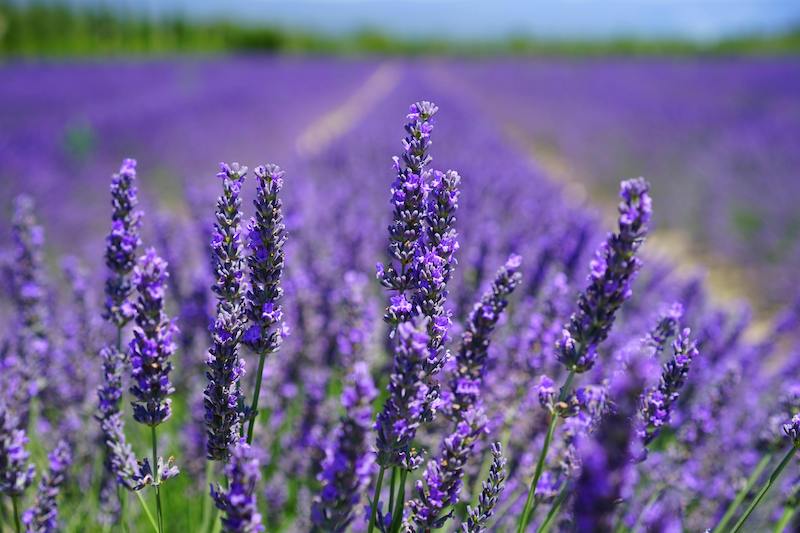
2) Hydrangea (Hydrangea)
Large hydrangea shrubs can amplify the floral display of your rose garden. Both roses and hydrangeas prefer full sun and can benefit from some afternoon shade in hot climates.
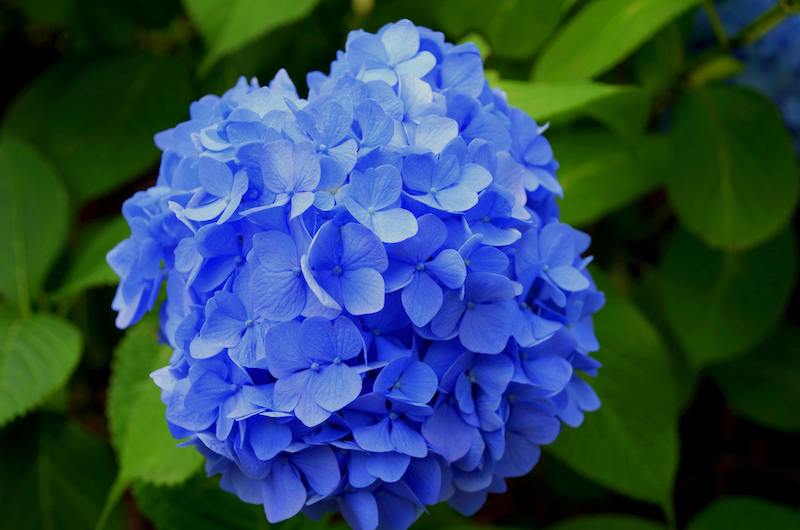
3) Foxglove (Digitalis)
These tubular blooms offer a contrasting shape to the rose petals and are excellent for a cottage garden feel.
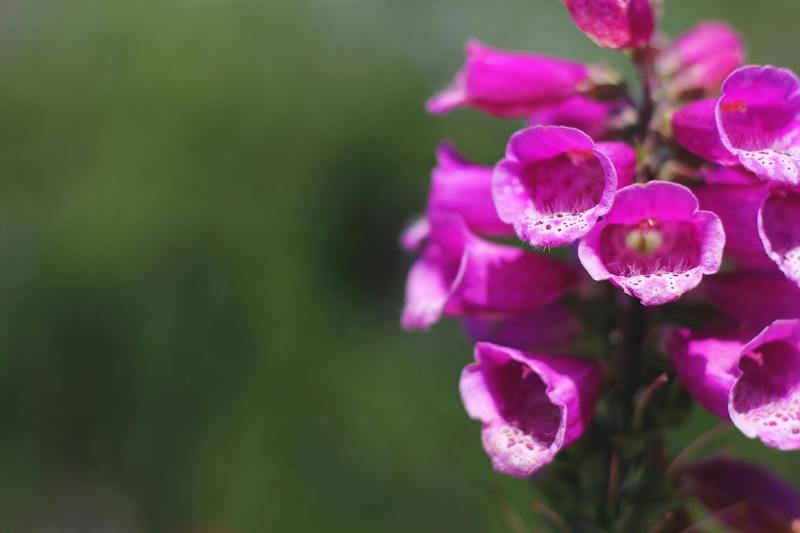
4) Shasta Daisy (Leucanthemum)
Another cottage garden classic, Shasta daisies are summer bloomers that thrive in full sun and require similar maintenance to roses.
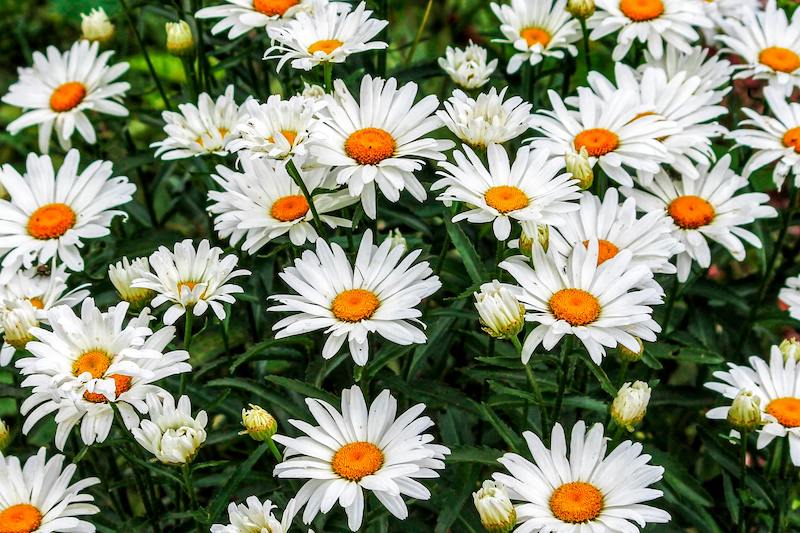
5) Allium (Allium)
The whimsical, globe-shaped flowers of allium add contrasting shapes and textures. Ornamental alliums can also help deter pests like aphids and prevent black spot.
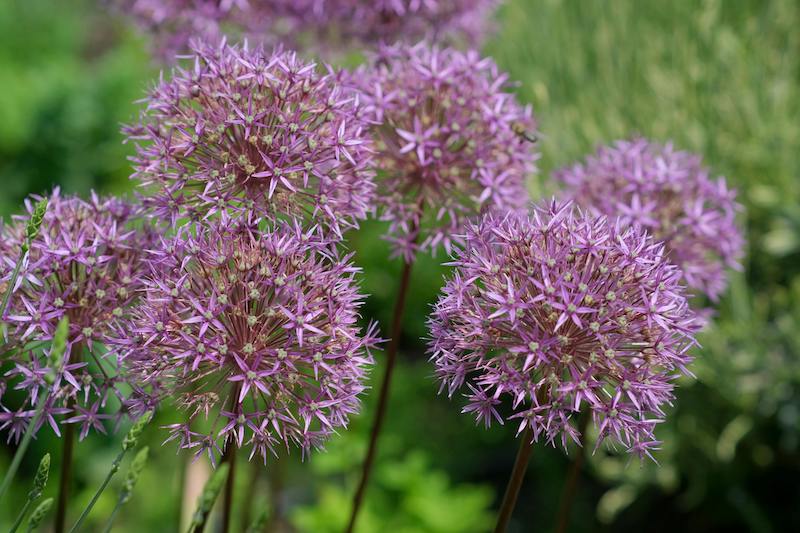
6) Phlox (Phlox paniculata)
Phlox grows tall and upright, thriving in full sun. Its vibrant blooms in shades of pink, purple, white, or red can create a striking contrast with roses.
